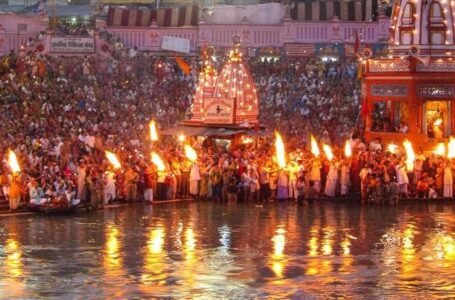Unveiling the Legacy of Polynesian Tattoo Traditions: A Dive into Intricate Designs and Cultural Meanings
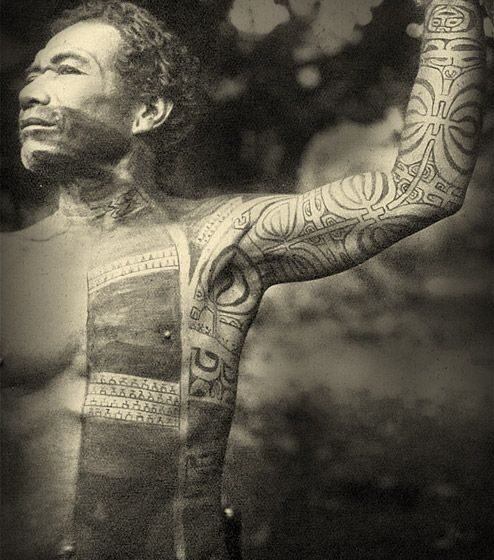
Polynesia, a vast expanse of islands scattered across the Pacific Ocean, boasts a vibrant tapestry of ancient tattoo traditions. Polynesian tattoos have gained global recognition for their intricate designs, rich symbolism, and deep cultural significance. In this blog post, we embark on a comprehensive journey to explore the captivating world of Polynesian tattooing, delving into the origins, traditional designs, and the profound cultural meanings associated with different symbols and patterns.
1. The Roots of Polynesian Tattooing
Polynesian tattoo traditions date back thousands of years, with the art form deeply intertwined with the region’s history and culture. The origin of the word “tattoo” can be traced back to the Polynesian term “tatau” or “tatu,” which means to mark something. The practice was more than just body adornment; it was a rite of passage, a symbol of status, and a means of storytelling. Polynesian communities, including the Maori of New Zealand, the Samoans, Tahitians, Hawaiians, and the Marquesans, each developed their unique styles, contributing to the rich diversity of Polynesian tattooing.
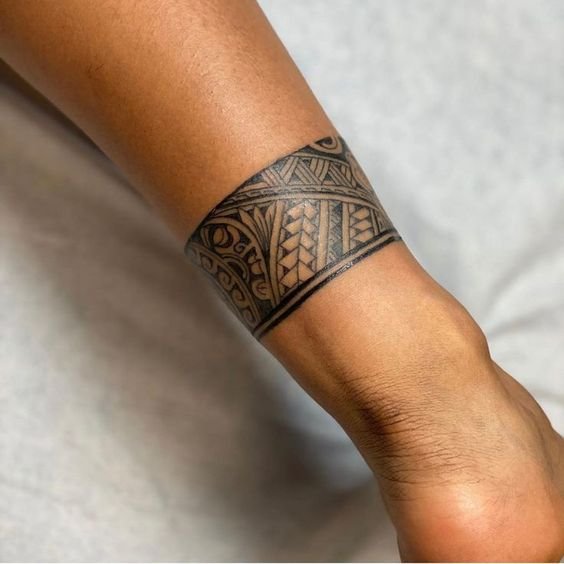
The ancient tattooing process was both a ceremonious and sacred event. The act of receiving a tattoo involved rituals, prayers, and sometimes even fasting. The Polynesian tattoo artists, known as “tufuga ta tatau” or “tohunga ta moko,” held esteemed positions in society and passed down their skills and knowledge through generations.
2. The Intricate Designs
One of the striking features of Polynesian tattoos is their complexity and intricacy. The art form primarily relies on geometric patterns and flowing lines, forming mesmerizing motifs that cover significant portions of the body. These designs are meticulously created by skilled tattoo artists, often without the use of modern tattoo machines, using traditional hand-tapping methods.
Polynesian tattoos are typically divided into two main categories: Enata, representing people and living creatures, and Etua, signifying spiritual elements, gods, and ancestral spirits. Both categories often intertwine to tell meaningful stories and depict the individual’s journey through life.
The tattooing process typically starts with the design’s center, such as the chest or back, and then extends outward to the limbs. The tattoos are strategically placed, emphasizing the significance of the symbols and their relation to the wearer’s life events and achievements.
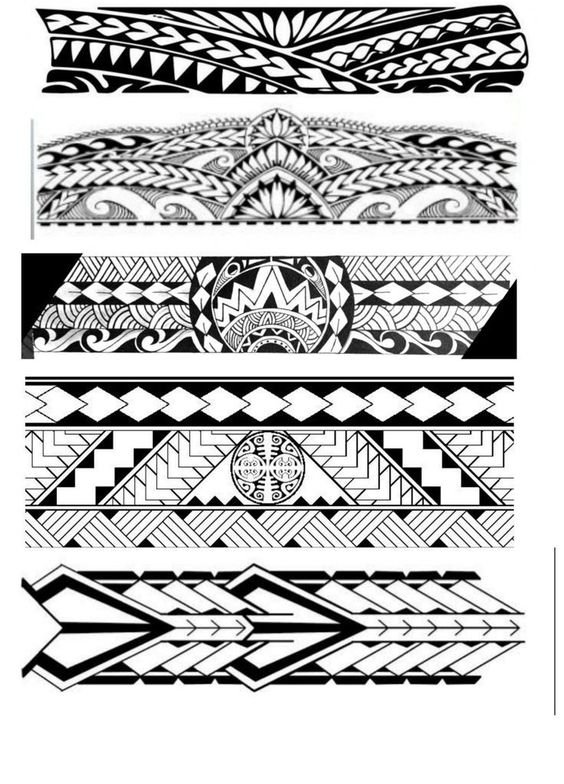
3. Cultural Meanings of Symbols and Patterns
In Polynesian tattoo traditions, each symbol and pattern holds profound cultural significance, acting as a visual language conveying messages about the wearer’s identity, social status, and personal achievements. These symbols not only connect the wearer to their ancestors and heritage but also embody the values and beliefs of the entire Polynesian community.
a. Shark Teeth (Niho Mano): Representing strength and adaptability, shark teeth motifs are often found in Polynesian tattoos. They symbolize protection and courage, as sharks were regarded as powerful guardians of the sea. The teeth, with their sharp edges, also represent the warrior spirit and the ability to overcome challenges.
b. Sun (Rauru): The sun is a universal symbol of life, growth, and prosperity. In Polynesian cultures, it also represents leadership, grandeur, and divine connection. The sun’s rays, often depicted in intricate patterns, represent the constant movement and cycles of life.
c. Ocean (Moana): The ocean plays a pivotal role in Polynesian life, providing sustenance and navigation. Ocean motifs embody voyage, exploration, and the spirit of adventure. Waves are a common design element, symbolizing the ebb and flow of life’s challenges and the perseverance to overcome them.

d. Spearheads (Matau): Spearheads symbolize power, authority, and protection. They were used as weapons and tools in traditional Polynesian societies and continue to hold cultural importance in modern tattooing. The matau also represents the connection to the sea and fishing, which has been a fundamental part of Polynesian livelihoods for centuries.
e. Turtles (Honu): Turtles symbolize longevity, fertility, and family. They are often associated with the creation of land in Polynesian mythology and are regarded as sacred creatures. The honu is a representation of strength, stability, and the eternal bond between family members.

4. The Role of Tattoos in Modern Polynesian Culture
Despite colonization and the influence of foreign cultures, Polynesian tattooing continues to thrive and remain an integral part of contemporary Polynesian identity. In recent times, there has been a resurgence of interest in traditional tattoo practices, leading to a revival of ancient techniques and the preservation of cultural heritage.
Many Polynesians, both within the islands and in the diaspora, choose to embrace their roots through tattoos, celebrating their ancestry, beliefs, and values. This cultural resurgence has also attracted the attention of people from different backgrounds worldwide, drawn by the beauty and significance of Polynesian tattoos.
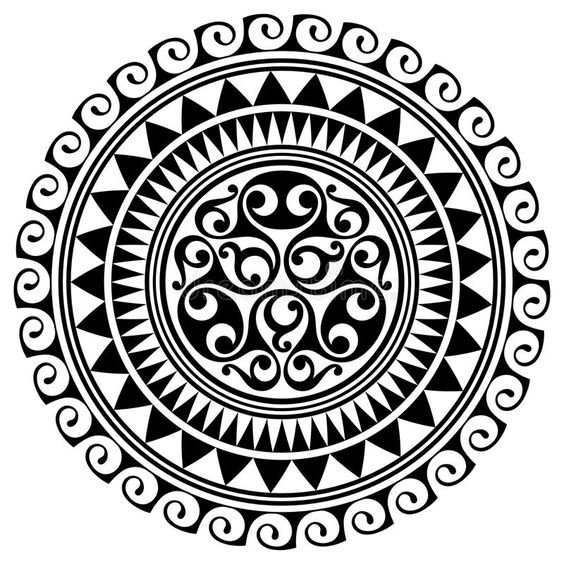
In addition to individual expression, Polynesian tattoos are also used in modern times to foster a sense of unity and pride among the Polynesian community. Tattooing festivals and competitions provide platforms for artists and wearers to showcase their skills and stories, strengthening the cultural bond among Polynesians across different islands.
Conclusion
The deep-rooted traditions of Polynesian tattooing continue to captivate people across the globe. With their intricate designs and profound cultural meanings, Polynesian tattoos stand as a testament to the creativity, spirituality, and resilience of the Polynesian people. As the art form evolves and intertwines with modern practices, it serves as a bridge connecting the past and the future, carrying the legacy of Polynesian heritage for generations to come. So, the next time you see a mesmerizing Polynesian tattoo, take a moment to appreciate the rich history and cultural stories etched on the wearer’s skin. Through Polynesian tattoos, the beauty of ancient traditions lives on, honoring the past while embracing the future.


